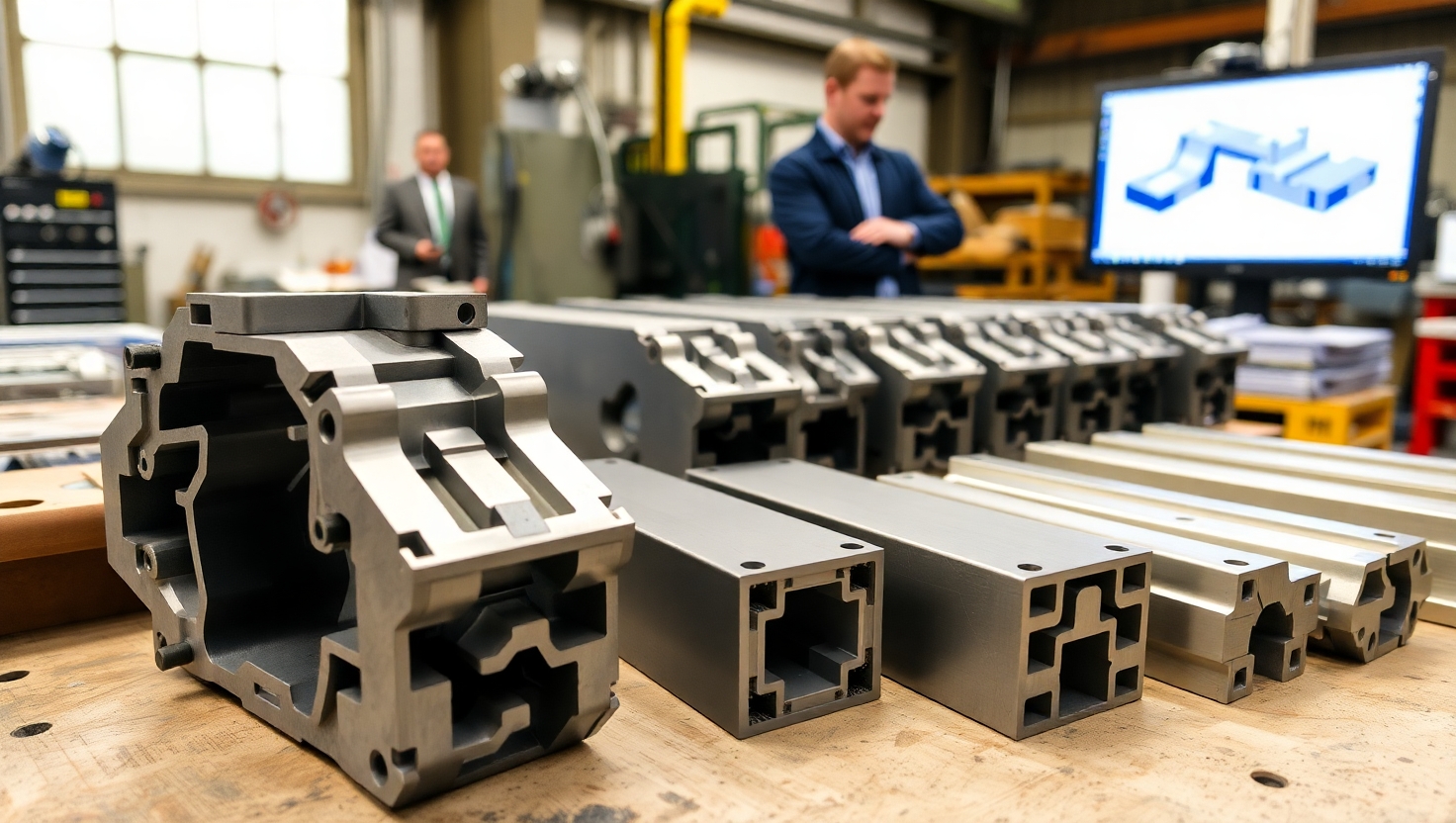Die Design Tips for Complex Aluminium Profiles
Published by: ALUTimes | Date: July 21, 2025
Table of Contents
- Introduction
- Understanding Die Functionality
- Key Factors in Complex Profile Design
- Optimizing Metal Flow
- Designing for Hollow Sections
- Using CAD/CAE Simulation
- Reducing Die Wear & Extending Life
- Case Studies: What Works
- Common Mistakes to Avoid
- Conclusion
- Disclaimer
Introduction
Die design is central to aluminium extrusion—especially when it comes to complex profiles. Precision, predictability, and longevity all hinge on the effectiveness of the die design. In this article, we share tips from experts to help you improve extrusion quality and operational efficiency.
Understanding Die Functionality
In extrusion, the die determines the cross-section of the output profile. A well-designed die ensures:
- Uniform metal flow
- Minimal distortion or warping
- Controlled cooling and stress relief
Key Factors in Complex Profile Design
- Wall thickness: Aim for uniformity to reduce uneven flow
- Profile symmetry: Supports stable metal distribution
- Corner radii: Avoid sharp transitions to prevent tearing
- Tolerance needs: Understand required tolerances before finalizing the die
Optimizing Metal Flow
Techniques to manage flow:
- Use of mandrels or porthole dies for hollow profiles
- Flow restrictors to balance uneven paths
- Deflectors to guide metal into sharp corners
- Bridge dies to support complex multichannel profiles
Designing for Hollow Sections
Hollow profiles require:
- Use of mandrels inside the die assembly
- Seam control for welded profiles
- Symmetrical hollow zones to maintain stability
- Good air venting to release trapped gasses
Using CAD/CAE Simulation
Modern die design leverages simulation tools like:
- Finite Element Analysis (FEA) to test stress distribution
- Flow simulation to visualize temperature and pressure gradients
- 3D CAD models for precision engineering
Reducing Die Wear & Extending Life
Preventive strategies include:
- Use of nitrided tool steels (H13)
- Controlled preheating before extrusion
- Surface coatings like TiN or CrN for added hardness
- Scheduled die polishing to prevent buildup
Case Studies: What Works
Case 1: Heat Sink Profile
Die with multichannel bridge increased productivity by 18% and reduced rejections by 22%.
Case 2: Curtain Wall Profile
Tuned flow paths and FEA simulation reduced deformation in thin fins.
Common Mistakes to Avoid
- Ignoring venting needs
- Overcomplicating multi-hollow profiles
- Neglecting cooling impact in design phase
- Underestimating trial-and-error time
Conclusion
Die design is a strategic capability that can make or break complex aluminium extrusion. From flow balancing to stress simulation, each design decision affects output quality and cost. Following these tips will empower designers, engineers, and operators alike to improve results.
Disclaimer
This article is intended for informational purposes only. Always consult die manufacturers and qualified engineers before applying these practices.

